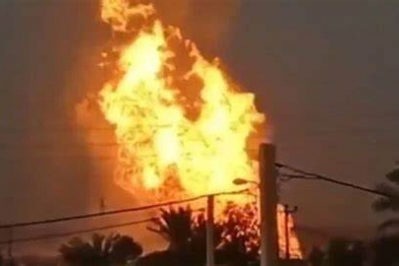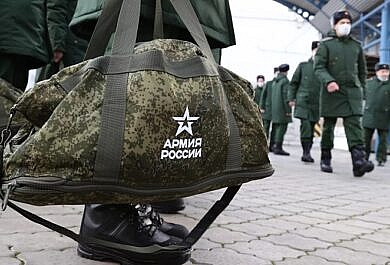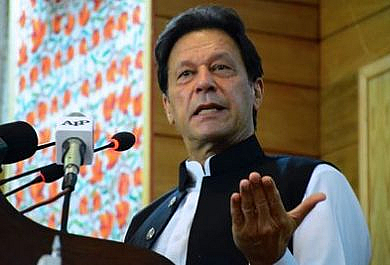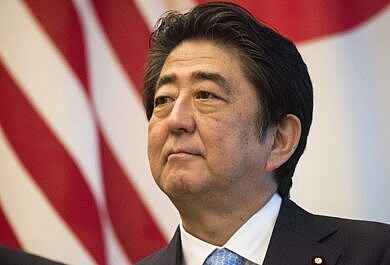Twin bomb blasts tore through a crowd in Iran on Wednesday at a ceremony honoring the architect of Iran’s international terrorist network. on the fourth anniversary of his death in a US drone strike. Who could be responsible?
Summary
Twin bomb blasts tore through a crowd in Iran on Wednesday at a ceremony honoring Qassem Soleimani, the architect of Iran’s international terrorist network, on the fourth anniversary of his death in a US drone strike. Hundreds are dead or wounded. Who could be responsible?
- The bombings killed at least 103 people and wounded 211 others near the site of Soleimani’s grave in Kerman, a city in southeastern Iran. Both totals are expected to rise, and the bombing is already the worst militant attack on Iran since the 1979 revolution. State media claimed the bombs were remotely detonated by “terrorists.”
- Iranian Interior Minister Ahmad Vahidi said the first bomb detonated at 3pm local time and the second blew up twenty minutes later, a technique often used by terrorists to maximize casualties by targeting emergency personnel and those wounded in the first blast.
- Qassem Soleimani was killed on Jan. 3, 2020 by a US drone strike in Iraq ordered by then-President Donald Trump. The anniversary of his death has been observed annually by regime supporters.
- Soleimani was the leader of the Quds Force, the elite branch of the Iranian Revolutionary Guard Corps that oversees Iran’s vast network of proxy militias and terrorist groups that the Islamic Republic uses to strike its enemies.
- Before his death, Soleimani was responsible for the deaths of more Americans than virtually any living terrorist. The US military estimates the militias Soleimani sponsored during the Iraq War killed at least 603 American troops, approximately 1 in every 6 Americans killed in the conflict.
- Iran has no shortage of enemies who could be responsible for the deadly attacks. Iran’s status as the world’s chief sponsor of terrorism – including organizations like Hamas, Hezbollah, the Houthis, and Iranian-backed Iraqi militias like Kataib Hezbollah – does not mean the Islamic Republic is immune to terrorism on its own soil.
- The Islamic State, Arab separatist groups, and Sunni jihadist organizations have all claimed responsibility for past terrorist attacks in Shia-majority Iran, but none have committed a bombing of this size or scale.
- Israel has carried out targeted assassinations and sabotage missions on Iranian soil, most notably the targeted killing of Iran’s chief nuclear scientist via remote-controlled sniper rifle. However, Israel has never launched a mass-casualty attack on foreign soil. For example, the assassination of Hamas deputy leader Saleh al-Arouri on Tuesday, attributed to Israel, was a surgical strike in a densely populated Beirut neighborhood.
- Iran has been rocked by protest movements in recent years, with massive demonstrations breaking out in 2009 and 2022 over a rigged election and the death of 22-year-old Mahsa Amini, respectively.
- Dissidents have not conducted bombings targeting civilians before, but a crowd of regime supporters and Soleimani devotees clearly provided a tempting target for someone.
![]()
- “General Suleimani had been hailed in Iran and in parts of the wider region as a hero for building and arming a Tehran-led network of regional proxy militias that countered the United States and Israel across the Middle East, and he continues to enjoy near-mythic status among pro-government Iranians,” the New York Times observed. “By cultivating close personal ties with the leaders of partners across the region, the Arabic-speaking General Suleimani became the face of Iran’s Shiite axis of influence, which reshaped Middle East geopolitics for years to come.”
- “Before the blasts, the state-run live broadcast had shown thousands of mourners filling the street, moving calmly in a procession,” the Washington Post noted. “After the attack, it broadcast video of people running frantically and men wearing EMT uniforms surging into the crowd.”
- “Sunni extremist groups including the Islamic State terrorist group have conducted large-scale attacks in the past that killed civilians in Shiite-majority Iran, though not in relatively peaceful Kerman,” NBC News reported. “Mass protests in recent years, including those over the death of 22-year-old Mahsa Amini in 2022, have rocked Iran, and the country also has been targeted by exile groups in attacks dating to the turmoil surrounding its 1979 Islamic Revolution.”
![]()
- According to the Wall Street Journal, “television footage of the incident showed crowds of people, including people carrying a banner in the memorial procession, running and screaming following the sound of a blast.”
- Fox News noted, “The explosions come amid severe tensions between Iran, the U.S. and Israel. Iran’s proxy terrorist groups have attacked U.S. bases in Iraq and Syria more than 100 times since October, and Iran-backed Houthi rebels in Yemen have harassed trade in the Red Sea. Hezbollah, another Iran-supported group, has threatened Israel’s northern border with drone attacks.”
- The New York Post reported “the first explosion occurred just 700 meters from Soleimani’s grave, while the second was a kilometer away…the two bombs were reportedly placed in suitcases and detonated remotely.”
© Dominic Moore, 2023






